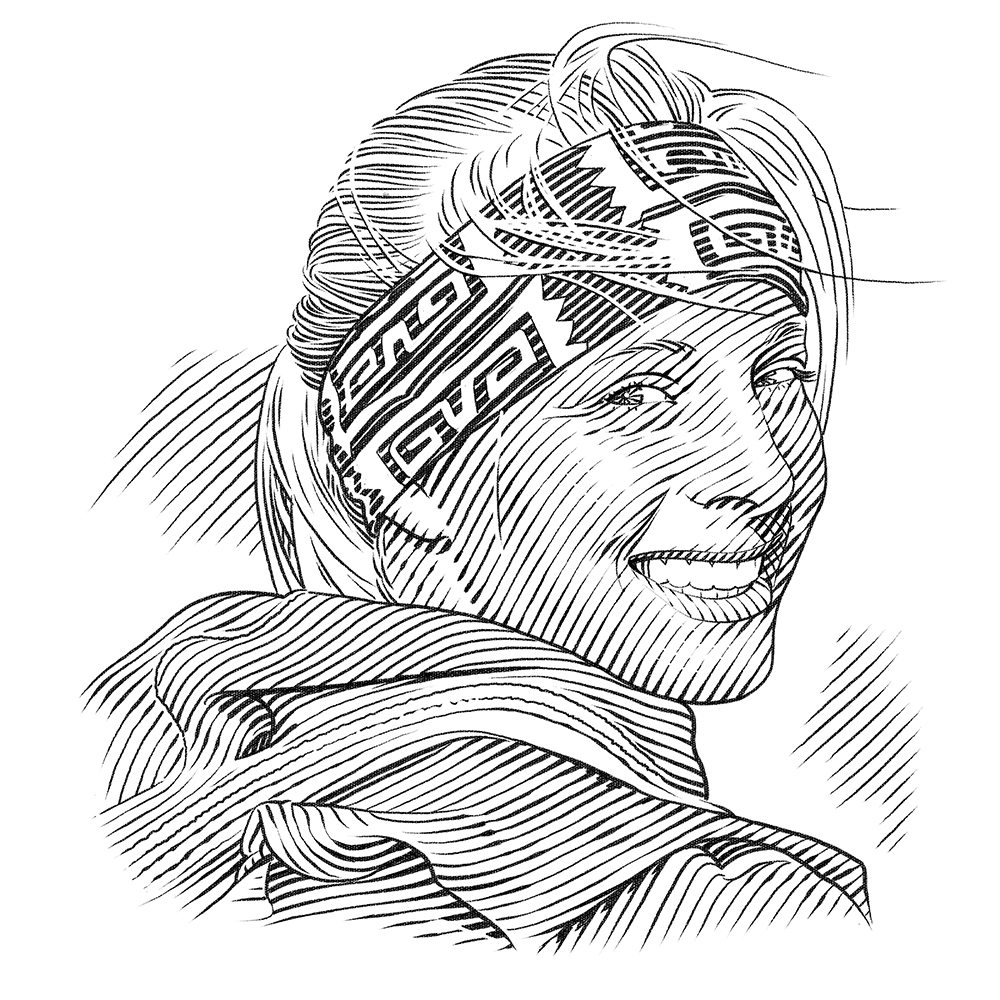Drone diaries of The Bahamas
The Bahamas may be a shark sanctuary, but these animals are still affected by the presence of humans. By watching sharks and people from the air, Stephanie aims to understand these effects and share the information with local communities.
Do human activities drive the distribution and abundance of coastal shark species?
The key objective of this project is to use a novel technique to assess the abundance and distribution of shark species in relation to human populations. We will generate baseline information for shark conservation on Abaco and refine a protocol for shark population assessment in The Bahamas. Lastly, we will use our findings for local and national outreach.
This project was aims to address a combination of two challenges in Abaco, The Bahamas. First, the establishment of marine protected areas near inhabited sites and garnering of public support is critical for the sustainability of Bahamian marine resources. Second, the newly established (in 2011) commercial shark fishing ban is not widely understood by residents. In order to address these two challenges, we seek to investigate the habitat use of coastal shark species in two proposed marine protected areas to help assess the proposals, and as a way to engage the public in habitat and shark conservation.
Coastal shark species live in close proximity to marine environments such as shallow reefs, mangrove tidal creeks and inter-coastal waterways. In turn, coastal sharks are not only susceptible to direct fishing pressure, but locally, these species are often vulnerable to coastal development as they rely on these systems for vital feeding and nursery grounds.
In 2011, with the national prohibition of commercial shark fishing and promotion of catch and release methods for recreational shark fishing, The Bahamas created the largest shark sanctuary and became a world-leader in shark conservation. However, there is currently a gap in the public’s understanding of why the shark-fishing ban has been put in place, and why it is important and beneficial for Bahamians to abide by it. Economically, shark conservation will aid shark ecotourism activities such as shark diving, which currently provides the Bahamian economy with more than US$78-million annually. Ecologically, protecting shark populations is important because they regulate lower trophic levels through direct demographic and trait-mediated mechanisms, which can shift species dominance and alter diverse ecosystem functions. Helping to fill in this gap in understanding is a critical aspect to the establishment of a Bahamian shark conservation strategy as many of the fishing regulations are not properly enforced.
The aims and objectives of this project are to:
- Evaluate the use of aerial drone imagery, from the DJI Phantom 2+ Vision©, to estimate shark abundance in shallow coastal areas.
- Use aerial drone surveys along a gradient of human population density to examine how human activity affects the abundance and distribution of lemon, blacktip and Caribbean reef sharks, all considered Near Threatened by the IUCN.
- Create a series of short films for education and public outreach that will provide information to Bahamians on the importance of shark conservation.
- Provide valuable baseline data regarding the density of coastal shark species in two proposed marine protected areas along Abaco. This information will be used by local conservation and management agencies.
- Create a FRIENDS summer field course on shark ecology and conservation for Bahamian high-school students in grades 10 to 12.

